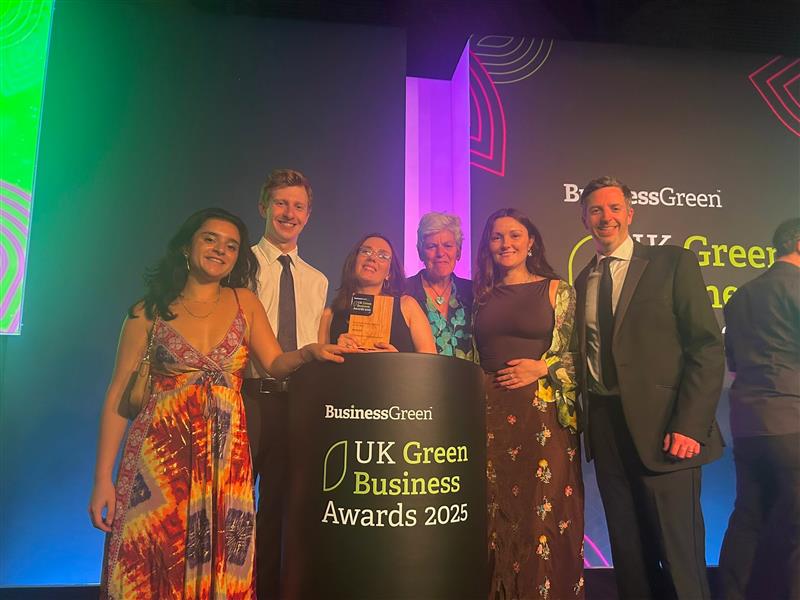Greenhouse Innovators: Leading in sustainability
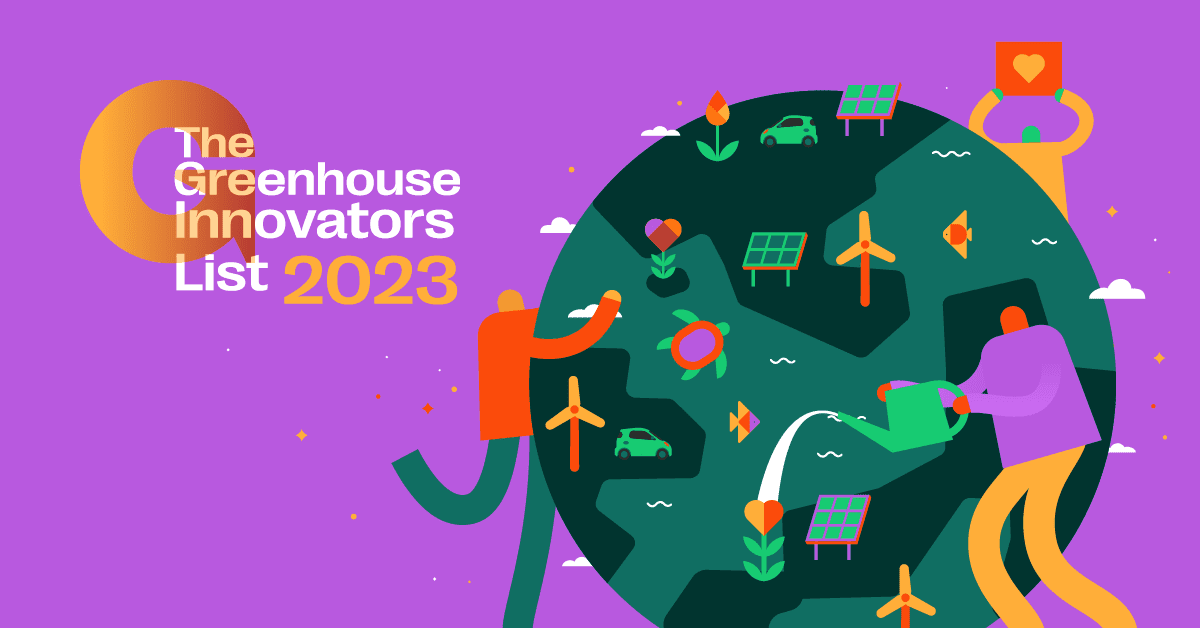
We often find that when we’re most up against it, we’re at our most inventive. As the famous proverb says: necessity is the mother of all invention. The intertwining social and environmental crises we face require the greatest minds and most innovative solutions of our modern age. Solutions that can help us reach a just, nature-positive future and combat climate change.
Luckily there are many organisations already making huge strides forward, developing innovative solutions that are pushing the boundaries and helping society make progress in this decisive decade of delivery.
Here’s to you, the top 25 most inspiring innovators leading the way:
- Sylvera

Sylvera is a UK based data driven platform that aims to measure the real impact of carbon credits. It uses satellite imagery, 3D laser scans and other data to independently and accurately evaluate carbon projects that capture, remove, or avoid emissions. Sylvera’s ambition is to use data to ensure more funding is directed towards high-impact climate initiatives, giving buyers more confidence in their carbon projects, and a much better chance of use reaching our climate goals.
- Bluu

Bluu uses cells directly from fish mixed with a tablespoon of advanced biotechnology to develop cultivated seafood that doesn’t cause any harm to the animals themselves – a delicious way to save our planet.
Their solution recognises the resourcing and consumption of fish, and this is a way to combat those problems: the overfishing, the contamination, and the mass cruelty, a lot of which is a result of bycatch.
Innovative approaches to the food issues we face marks Bluu out as a pioneer. Pushing Bluu into the mainstream will mean no more destruction of our wildlife and our seas, it’s resource efficient, has traceable ingredients, and is consistent in its high quality.
- UNDO

UNDO are a Scottish-based organisation, using enhanced rock weathering (ERW) to remove carbon and lock it away permanently. Their ambition is to remove a billion tonnes of carbon by 2030, using crushed basalt to absorb carbon as it is released. They also give away the crushed rock for free too, benefitting farmers who spread it on their fields to improve soil health.
The simplicity and efficiency of their model is particularly innovative and supported by numerous scientific trials. They use a resource that is not only widely available across the world, but is also a by-product that can be procured from local quarries which removes the need for specific extraction. This has the potential to become a widely used, global solution for carbon removal.
- Recycleye
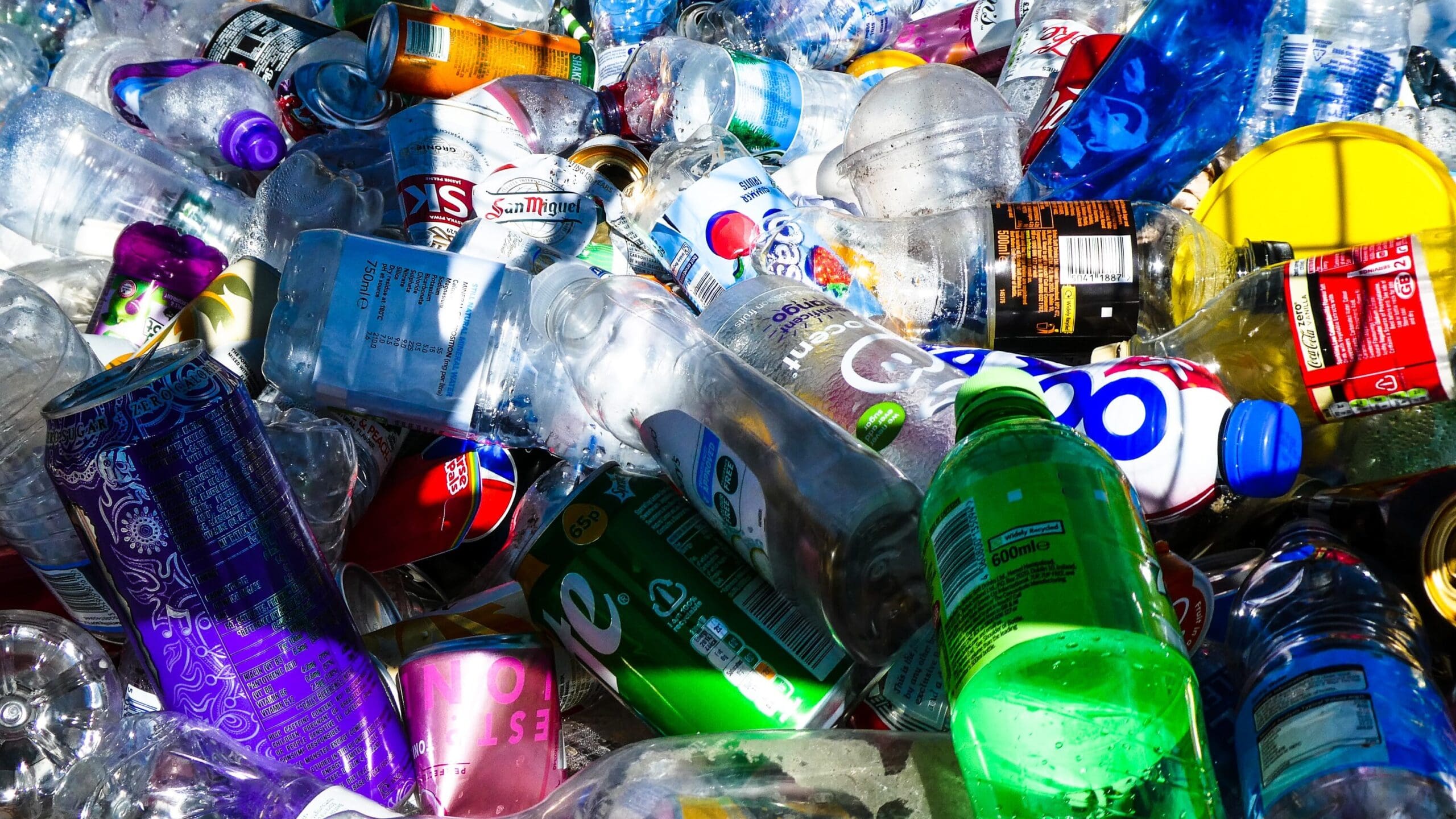
Recycleye is an innovative tech company using AI to improve the costly and time intensive process of waste management. They want to ensure more precious resources are recycled or reused by using tech to sort waste streams more efficiently and reliably. Based across Europe, the technology is the brainchild of Victor Dewulf who started developing it during his masters at Imperial College, London. Recycleye is only a few years old, but already making great strides through the waste world!
- Oxford PV
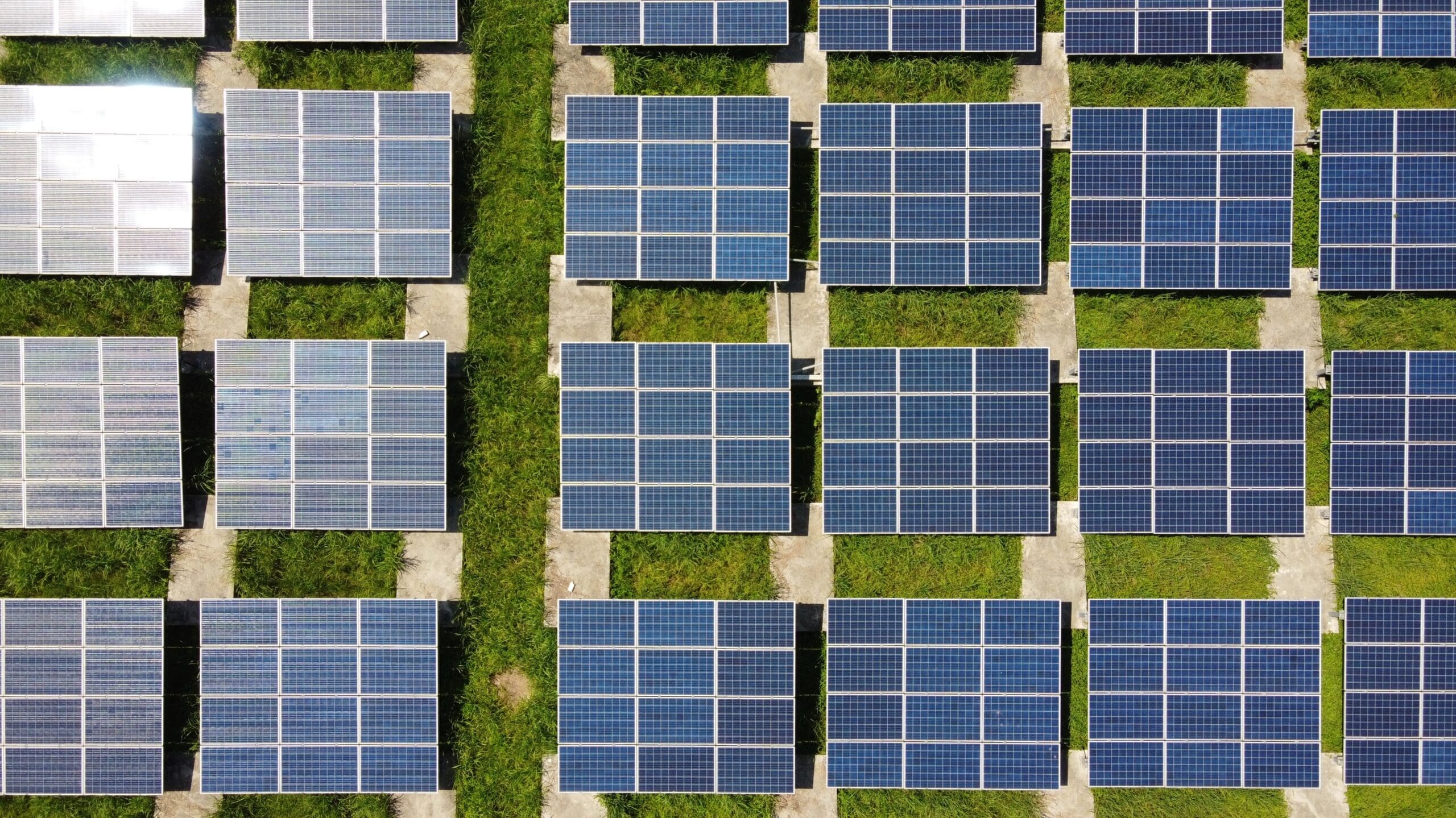
Oxford PV manufactures a new form of highly efficient solar panels that delivers more power per square metre thanks to its perovskite solar technology. This increase in efficiency has the exciting potential to revolutionise the renewable energy market through improving affordability, accelerating solar panel adoption and ultimately addressing the climate crisis. The breakthrough is adding a layer of perovskite, another semiconductor, on top of the silicon layer. This captures blue light from the visible spectrum, while the silicon captures red light, boosting the total light captured overall.
The company originated out of Oxford University in the early 2010s where researchers discovered the new innovation in sustainability, and have been focussed on developing it further for wide-scale users, ever since.
- Worn Again

Worn Again is an exciting company looking to bring more sustainable innovation to the world of textiles, and particularly – fast fashion. Worn Again focuses on improving the circularity of textiles by using special chemicals to clean, extract, separate, and regenerate virgin quality polyester and cellulose. At scale, this eliminates fossil fuel extraction and the destruction of natural resources. The organisation started in 2005 reversing used textiles back into new products. They then developed an innovative chemical solution to improve the process of making it.
- LDES – Long Duration Energy Storage Council

It may not be a company itself, but it’s such an important area of innovation, that we couldn’t miss it off the list. LDES is a representative body made up of 65 companies focused on long duration energy storage, including Ambri and Invinity. They bring together the most innovative companies who, together, are creating a future in which power systems can be based on renewable energy. These companies’ batteries allow for power on demand as well as storing intermittent forms of energy – wind and solar, when we need them most. Improved battery storage is essential to facilitate the energy transition.
- Aleph Farms

Aleph Farms are looking at innovative solutions to produce meat that is better for both the planet and animals themselves. As an innovative cellular agriculture company, they create cultivated meat products. Their first product ‘Aleph Cuts’ is made from plant protein, fat, and cells from Angus cow muscle and collagen, creating a meaty flavour, texture and nutrition. This method of developing meat products has the potential to significantly reduce pressures on land and water as well as carbon and methane emissions.
- Pastoral

Pastoral is changing the game for the livestock farming industry. They are an innovative agri-tech company that creates low cost durable hardware and software solutions for farmers to keep track of their livestock. The platform uses regenerative farming know-how, satellite-based grazing strategies, and AI-powered animal health sensors to make livestock farming more sustainable and profitable. One of its main attributes is helping farmers manage rotational grazing which in turn improves carbon sequestration, enhances soil health and promotes biodiversity. The livestock industry as a whole may not be well known for its sustainability credentials, but Pastoral is bringing innovative ideas that might have long term benefits for its sustainability.
10. Notpla

The idea of sustainable packaging can often come with its suspicions, but Notpla’s Earthshot prize credentials show that their sustainable packaging can live up to its reputation.
From takeaway boxes for food stalls to cardboard-like boxes for laundry pods, Notpla has the same grease and water resistant qualities of traditional packaging, but uses the mighty plant of seaweed to develop its products.
Being a plant, not only is seaweed biodegradable, but unlike other crops, it can grow up to 1 metre per day, doesn’t need fresh water and helps to de-acidify our oceans. Talk about a win win win.
11. Naked Energy
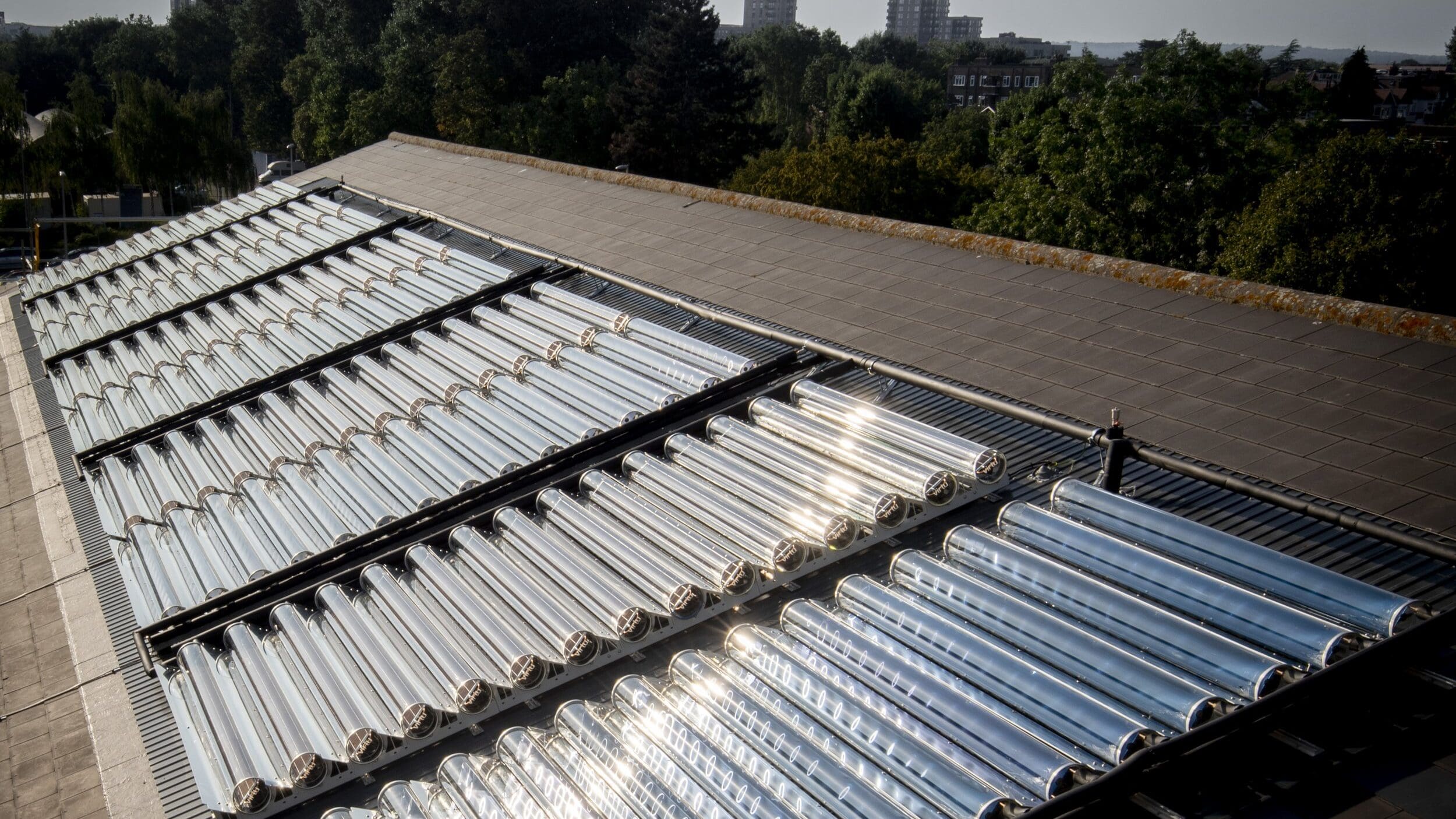
Aiming to accelerate the transition to net zero carbon, Naked Energy has developed a revolutionary solar technology, which creates more energy in less space, has a quarter less carbon savings than traditional PV Solar Panels and has up to 50% greater returns. They do this through their specialist innovation, the world’s highest energy density solar technology – Virtu. By offering enhanced energy output within a smaller footprint, Virtu yields increased profitability while simultaneously reducing price, regulatory, and reputational risks for the businesses who install their products.
12 The Finance Innovation Lab
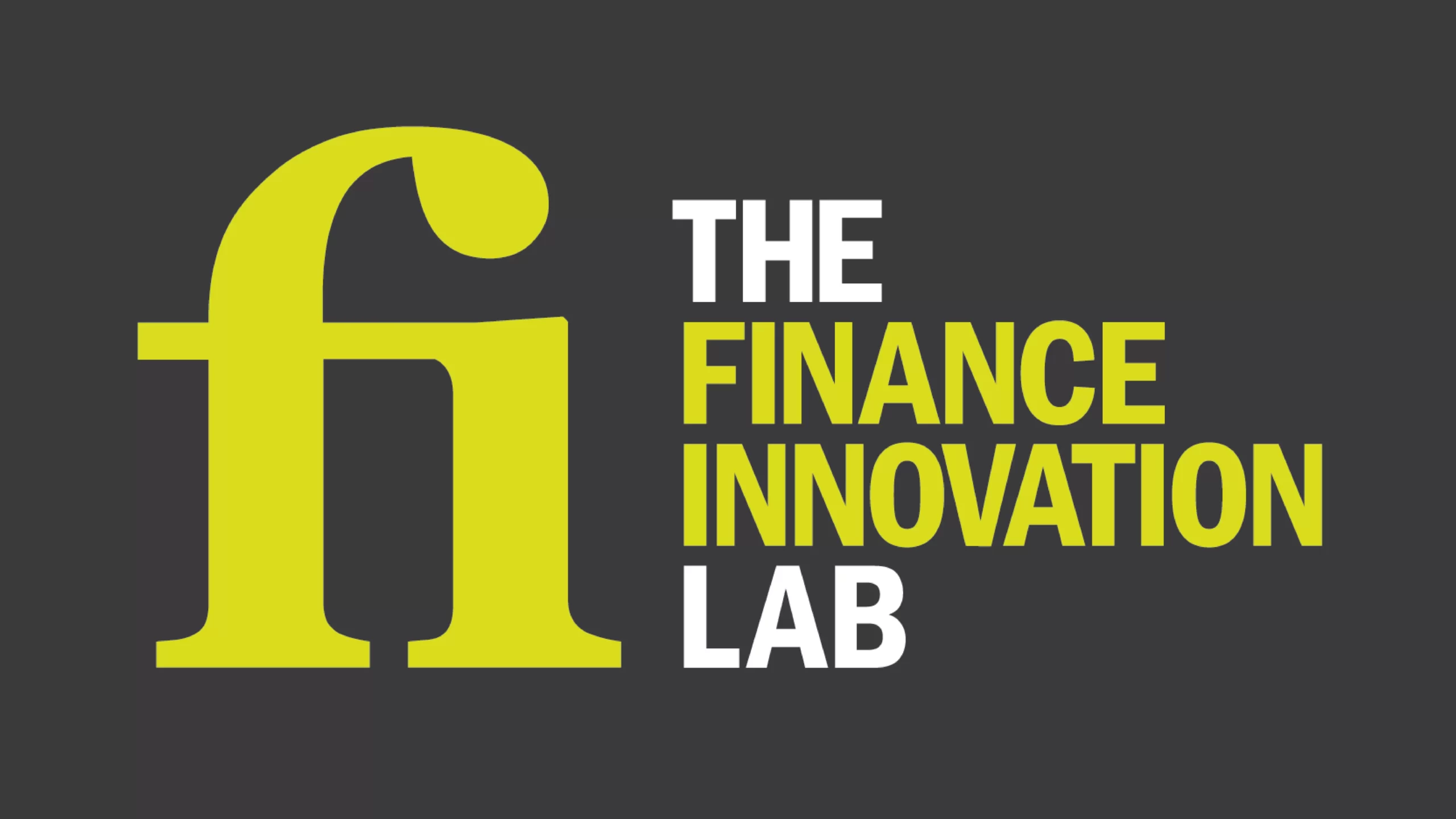
Being innovative is crucial for all areas of environmentalism – and that includes sustainable finance too. With an end goal of closing the gap between finance and the real needs of people, the Finance Innovation Lab brings together a community of changemakers that shift the narrative on finance, influence policy, regulation and law, and build a system that is fair, sustainable and just.
13. Vortex Bladeless
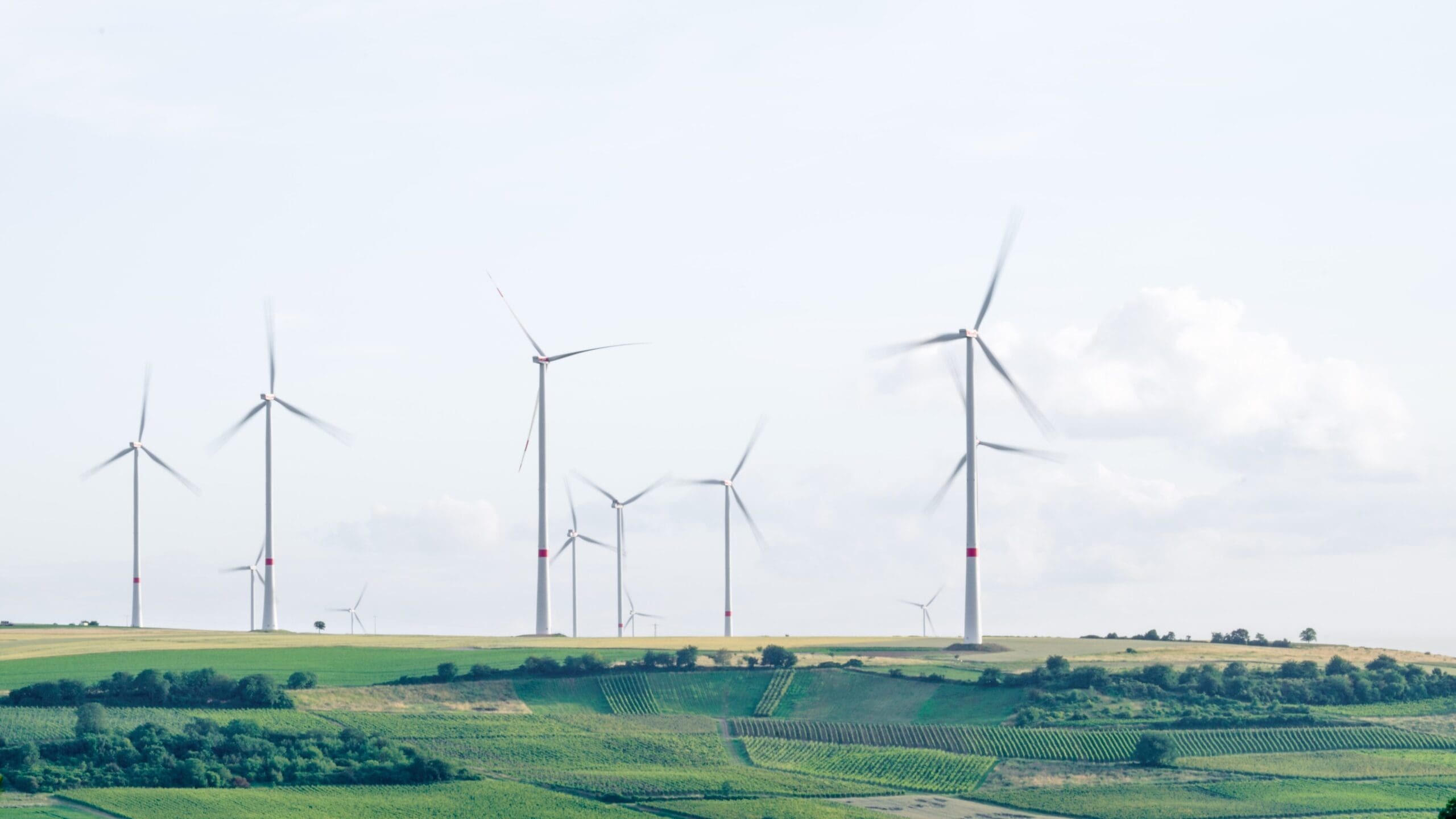
Windmills have been a feature of landscapes for over 1000 years, but now exciting innovation in their design is completely reimagining what they could look like in the future. Compared to a regular turbine, Vortex Bladeless has many selling points. They are gearless and oilless, require no braking, require less space, and have a great lifespan, amongst other qualities. All of this means their wind power engineering requires less maintenance, has silent operation, and is bird friendly too.
Although still under development, Vortex Bladeless’ technology shows a lot of promise and we look forward to seeing where their revolutionary idea takes the world, and landscapes in the future.
14. The Commons
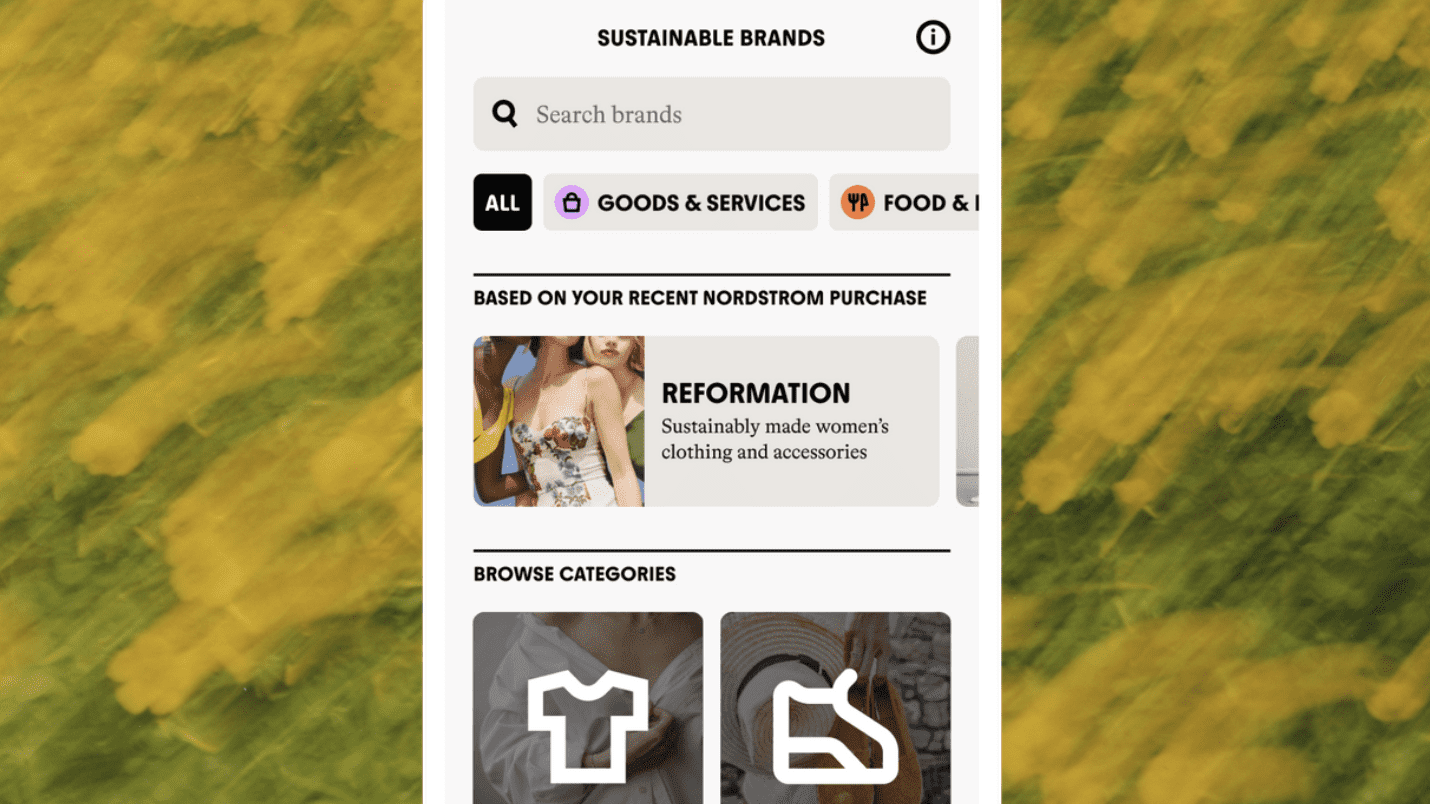
Commons is an app that enables you to browse hundreds of brands that are supporting low-carbon business models or responsibly offsetting their emissions.
To give you the most accurate carbon footprint, Commons calculates the emissions of each transaction based on your carbon profile and what you purchased.
From laundry to groceries, Commons gives you personalised, practical guides for sustainable living. Not only will you be lowering your emissions, but you’ll also be saving money!
15. Spun

SPUN is the Society for the Protection of Underground Networks. They are an innovative organisation working with researchers and local communities to map mycorrhizal fungal networks and advocate for their protection.
Mycorrhizal fungi are critical to much of life on earth, supporting the majority of our plants, and playing an essential role in carbon sequestration. Healthy fungal networks can help us control rising CO2 levels because carbon that enters the soil from fungal networks resides for longer than some other carbon sources, like leaves.
SPUN’s work to map and protect these vital underground networks is literally breaking uncharted ground to help us find innovative ways to tackle the climate crisis.
16. RheEnergise

RheEnergise is bringing innovation to pumped energy storage, with their solution called High-Density Hydro®. It is a scalable and cost-effective energy storage solution that uses a fluid with 2.5x the density of water, meaning that they can be installed on small hills instead of mountains.
Having identified over 6,500 potential sites across the United Kingdom, and relying on an innovative solution that is cheaper and greener than lithium ion batteries, RheEnergise shows great promise in decarbonising energy systems to slow down climate change.
17. Cloud Fisher

The environmental industry needs to keep their eye on Cloud Fisher. It’s a development that uses atmospheric water vapour as a source of drinking water, through the world’s first production fog collector.
Fog nets are designed to capture and collect water droplets from the atmosphere, offering an innovative solution for providing affordable and pure drinking water to communities in various nations. The cost-efficient water obtained through this method is versatile and can support agricultural needs, reforestation initiatives, and industrial applications.
This innovative fog collector is simple to install and maintain, uses strictly food-safe materials and can supply thousands of people with top-quality drinking water complying with the WHO drinking water standards.
18. Noon Energy
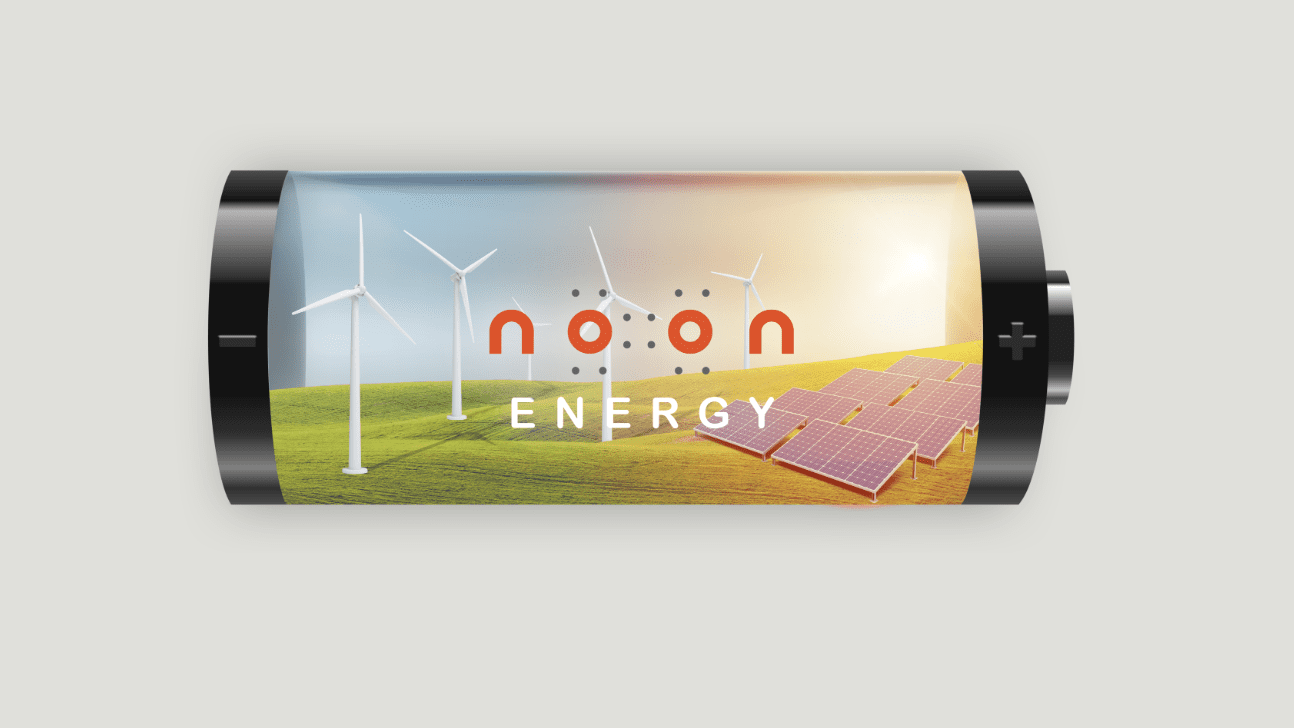
Noon Energy envisions a future where renewable energy sources dominate, and our energy storage solutions are inspired by the principles of the natural world. Their mission is to facilitate the transition towards a world powered by renewable energy, offering cost-effective, compact, and long-lasting energy storage options.
Their compact stationary battery uses the same carbon-oxygen chemistry that plants use in photosynthesis, eliminating the need for mining precious metals for energy storage. With their low-cost, long-duration, energy-dense battery and robust and safe technology – renewable energy is always available, 24/7, 365 days a year.
19. Gravitricity

Gravitricity is an underground energy storage system harnessing gravitational force to combine the favourable attributes of lithium batteries and pumped hydro storage.
Within the power range of 1MW to 20MW, Gravitricity extends the capabilities of the current grid infrastructure in a renewable energy-driven environment.
Not only does their durable gravity storage technology outperform lithium-ion batteries in long-term cost-effectiveness, but their flexible hydrogen storage technology offers high-volume, safe, and discreet energy storage where needed.
20. Rockefeller Foundation

Rockefeller foundation is a philanthropic foundation dedicated to enhancing human well-being by discovering expanding solutions to advance opportunities and address the climate crisis.
Recognising that thinking outside the box is key to achieving progress on our most urgent priority, that is tackling climate change, The Rockefeller Foundation has announced that it will invest over 1 billion US dollars over the next 5 years to ignite transformative actions to reverse climate change.
In order to do so, they will be relying on powerful collaborations to drive innovative change. These collaborations include, but are not limited to the power of artificial intelligence, reducing carbon emissions via local food purchases, delivering clean, reliable energy to rural India, and improving the health of both people and the planet.
21. Twelve

Making the world’s most critical chemicals, materials and fuels from air with their revolutionary carbon transformation™ technology, Twelve is reinventing what it means to be a chemical company in the climate era.
Just like a plant uses CO2, water and sunlight to make useful carbon-based products, their technology is an electrochemical reactor that uses CO2, water and renewable energy to make thousands of chemicals, materials and fuels that today are made by refining fossil fuels. They are on a mission to eradicate global emissions and lead the transformation to a fossil free future.
22. Energy Dome

Energy Dome is an Italian company focused on creating long-duration energy storage solutions. The recognised that the growth in producing renewable energy was not being met by long-duration energy storage, which was stopping its widescale implementation. Their specialist technology uses CO2 in a closed thermodynamic system to create energy as and when it’s required. This process is said to be more cost effective and efficient than alternative energy storage methods.
23. Zwitterco
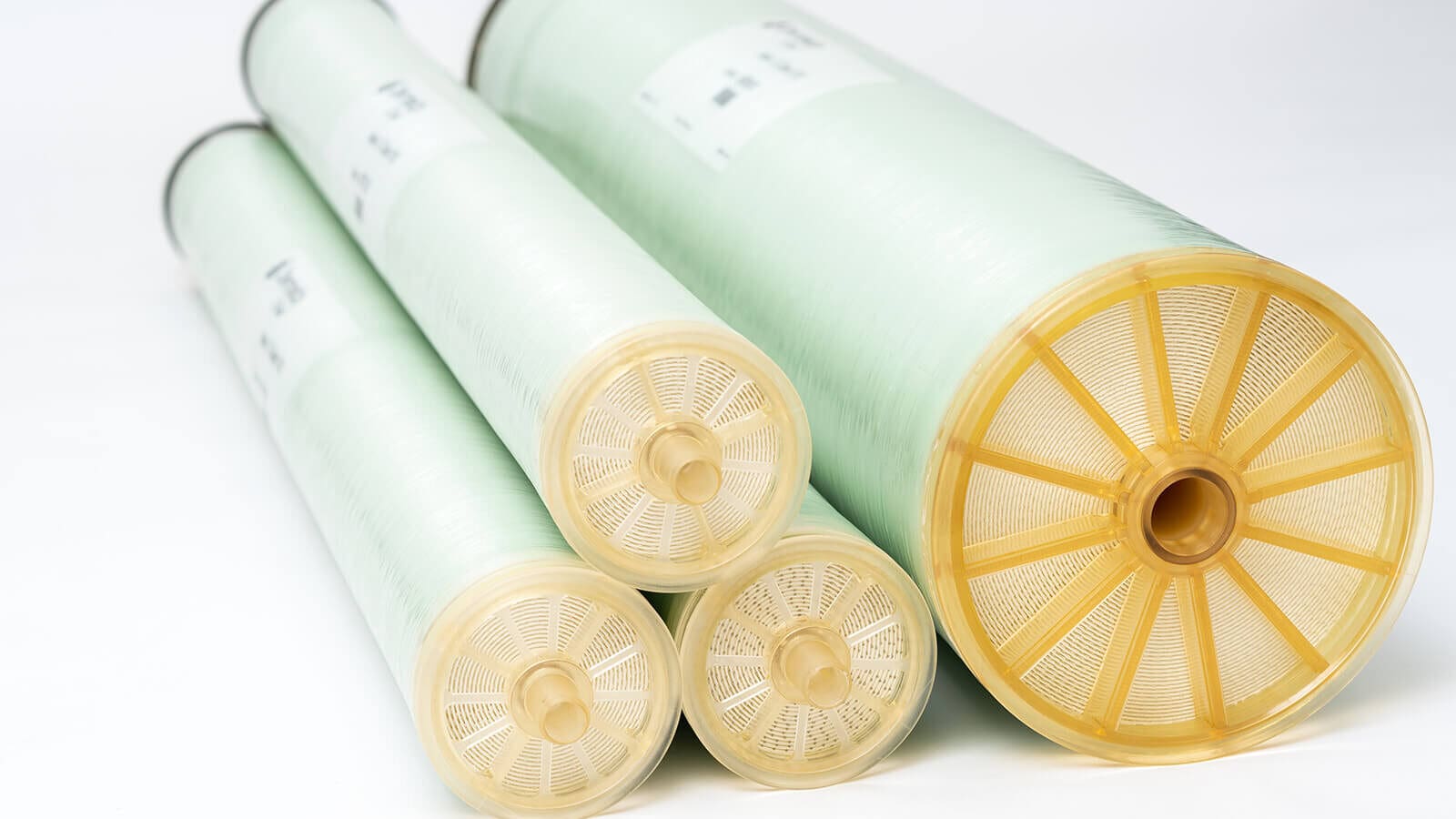
Zwitterco provides water treatment and separation solutions that reduce the need for chemicals, ensure consistent performance, and offer lasting results. They are on a mission to make it practical for industries to recycle water and enhance product recovery with breakthrough advancements in filtration technology.
Through their patented, zwitterionic membranes, they can handle unprecedented levels of oil and grease without irreversible damage and recovering performance! Their innovation is paving the way for affordable water reuse as their membranes make it possible to treat what was historically unfilterable streams.
24. Wellcome Trust
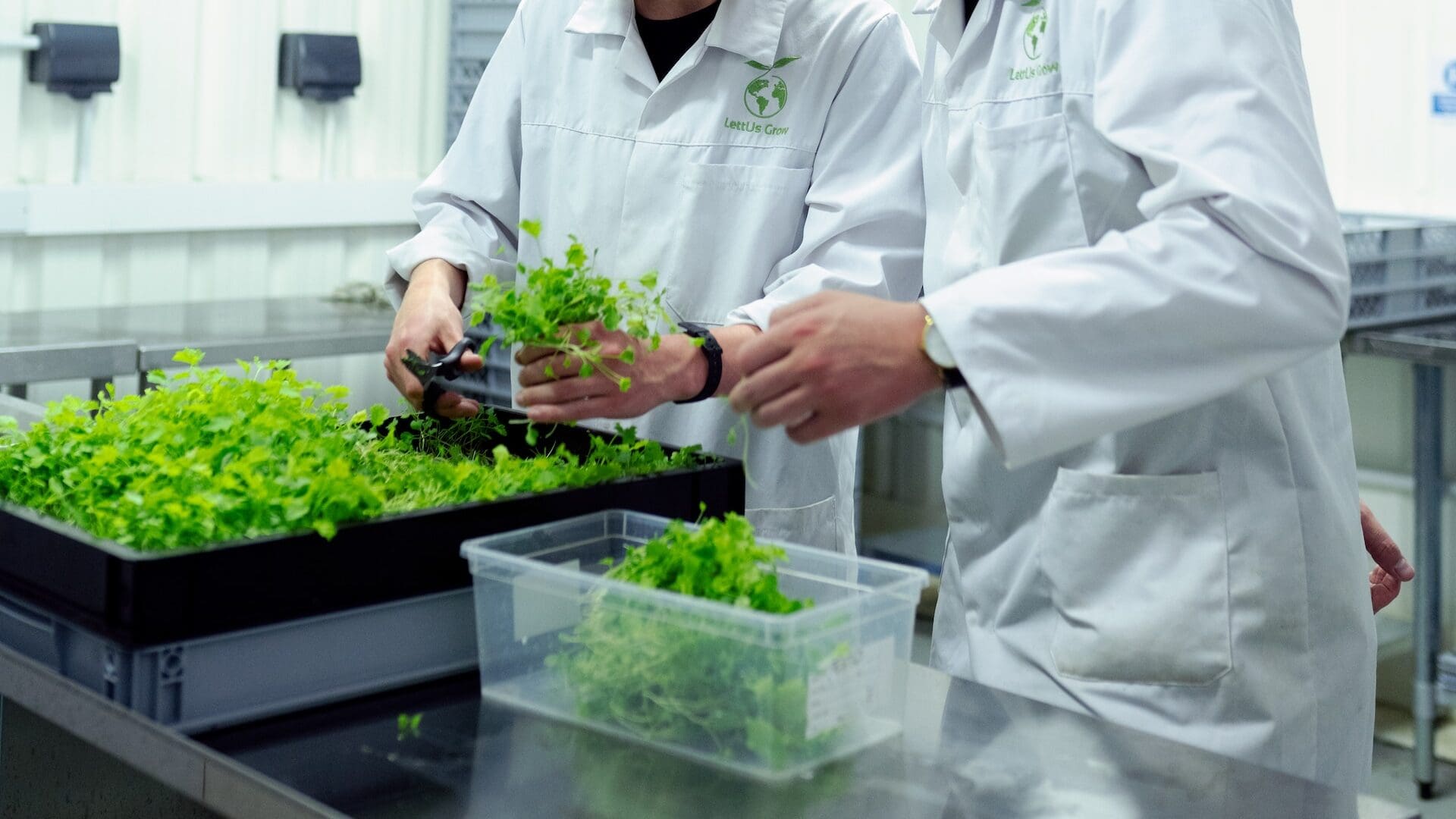
Wellcome is a British foundation supporting science around the world to help solve urgent health issues. It has been instrumental in drawing attention to the climate health nexus. Its climate and health programme seeks to ‘significantly increase our understanding of the effects of climate change on human health’ and ‘define the interventions and policies that can respond to the climate crisis in a way that protects and improves human health’. With negative health impacts of the climate crisis already being felt, the innovative research and discovery Wellcome is funding will make a material difference to the issues we face.
25. Kite Kraft

Kite Kraft’s systems are also looking to make major improvements to existing wind turbines by using a small, tethered aircraft instead of a massive, rigid tower and blades in order to harvest energy.
Using only a tiny fraction of the materials that are used to make traditional wind turbines, their innovative approach enables them to provide low-cost electricity in locations that were previously unattainable.
Over the last 15 years, Greenhouse has been proud to work with many global companies leading the way in sustainability. We bring together communications and sustainability experts to develop innovative solutions for our innovative partners, helping them grow their impact and drive positive social and environmental change.
Get in touch today to find out how we can work together to grow impact and make change.


